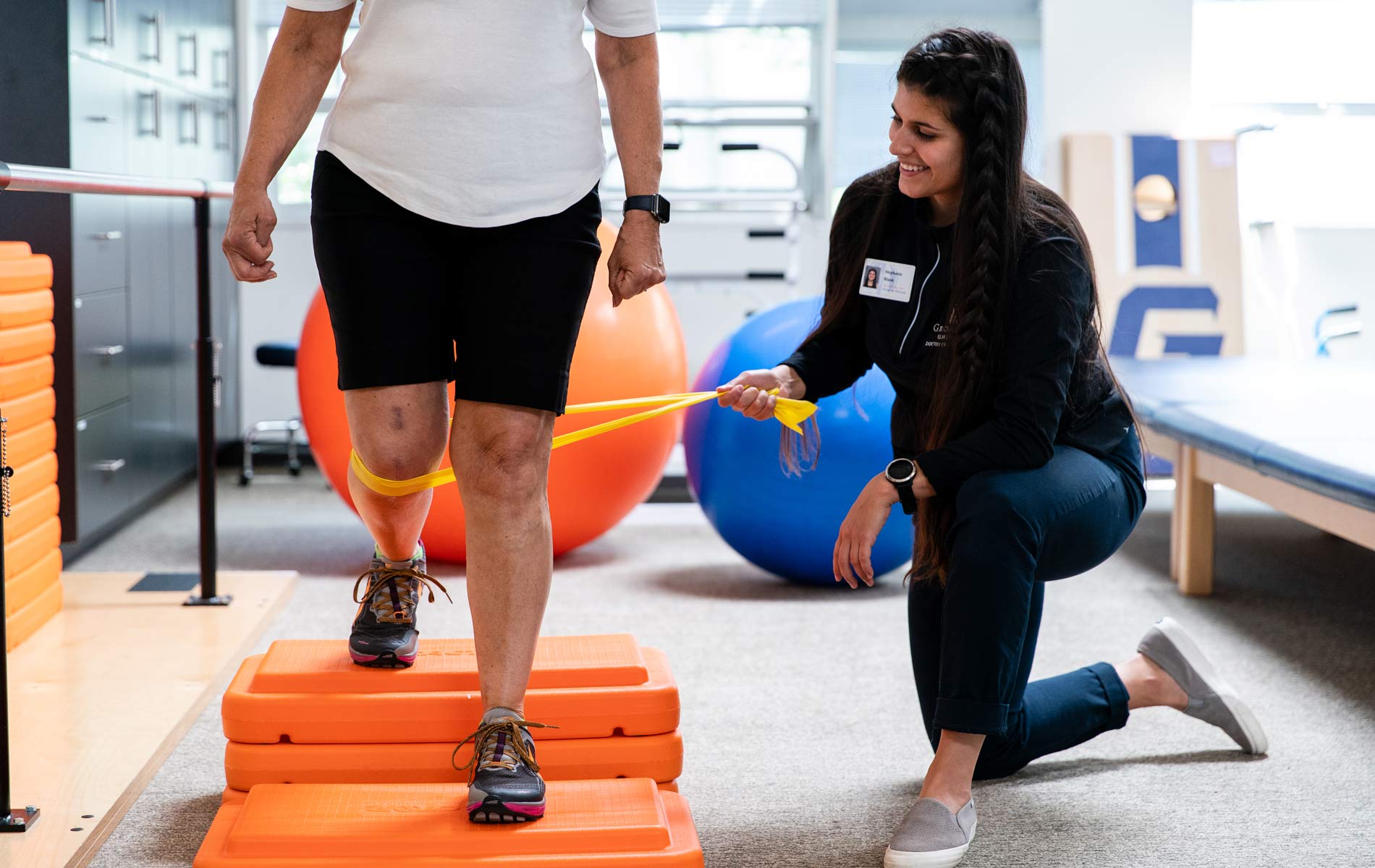Boosting Rehabilitation Through the Implementation of Customized Movement-Based Programs in Clinical Programs
Wiki Article
Rehabilitation is an essential process for patients who have undergone injuries, or other medical conditions. Rehabilitation initiatives play a vital role in assisting these patients to regain their strength, enhance mobility, and return to their daily tasks. Tailored fitness prescription is a critical component of effective recovery. This means that workouts are specifically structured to meet the unique requirements of each individual. By focusing on targeted exercise programs, rehabilitation programs can accelerate recovery and support improved wellness outcomes.
One of the initial steps in developing a tailored fitness program is evaluating the individual’s status. Healthcare practitioners conduct evaluations to determine the specific restrictions and abilities of each individual. This might include functional assessments, conversations about health history, and objectives for recovery. For instance, an athlete rehabilitating from a leg condition may have distinct needs than an elderly individual healing from hip operation. By recognizing these variations, practitioners can design an exercise regimen that targets the unique factors of each situation.

Integrating multiple types of exercises is crucial for navigate to this website effective rehabilitation. Resistance training , flexibility routines, and cardiovascular exercises all serve important functions in rehabilitation. Strength exercise assists rebuild muscle strength and enhance endurance, which is particularly important after long durations of sedentary time. Flexibility movements increase range of motion and prevent rigidity in articulations. Cardiovascular workouts, like walking or biking, boost overall fitness and promote heart health. A comprehensive fitness plan that incorporates all these components this hyperlink can greatly assist in the recovery journey.
Tracking progress is another critical element of rehabilitation programs with customized fitness plans. As patients participate in their customized routines, healthcare practitioners observe improvements and make necessary modifications to the plan. This ongoing evaluation guarantees that the exercises remain beneficial and suitable as the individual progresses. Establishing defined benchmarks can also motivate individuals during their recovery process. Reaching small goals builds self-assurance and encourages commitment in adhering with the rehabilitation program.
In the end, improving rehabilitation through personalized exercise prescription requires partnership between medical practitioners and individuals undergoing rehabilitation. Open dialogue is essential to recognizing how each individual feels throughout their recovery process. By collaborating jointly, both sides can identify any obstacles and celebrate successes along the way. Customized rehabilitation plans not only assist individuals recover physically but also add to their mental well-being by instilling a sense of achievement and independence as they progress towards their wellness objectives.